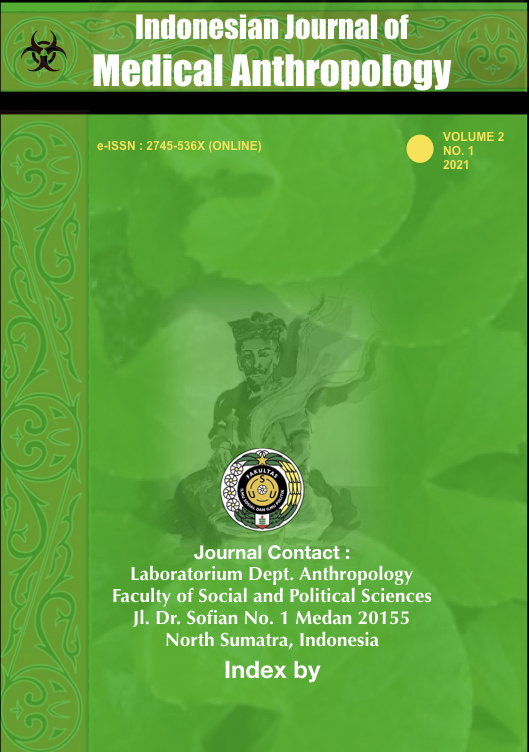Relationship Between Low Born Weight (Lbw) And Stunting Events In Children (Age 24-59 Months)
DOI:
https://doi.org/10.32734/ijma.v2i1.4696Keywords:
Low Birth Weight (LBW), stunting, toddlersAbstract
Abstract    :   Background: Stunting is a condition of toddlers who have less length or height compared to age. Toddler stunting is a chronic nutritional problem caused by many factors, one of which is LBW. Babies born with LBW will be at high risk of morbidity, mortality, infectious diseases, underweight and stunting in the early neonatal period to childhood.The purpose of this study is to determine the association between Low Birth Weight (LBW) with the incidence of stunting in toddlers (aged 24-59 months) in the Way Urang Community Health Center in South Lampung Regency.
                       Method: This study uses an observational analytic method with a case control study design. LBW data is secondary data obtained by looking at the birth weight data of children under five listed in the Maternal and Child Health book Way Urang Community Health Center data. The statistical analysis uses the Chi Square test.
                       Result: There is an association of Low Birth Weight (LBW) with the occurrence of stunting in toddlers (aged 24-59 months) in Way Urang Community Health Center South Lampung Regency. P value= 0,024.
                       Conclusion: There is a significant association of Low Birth Weight with the incidence of stunting in toddlers (aged 24-59 months) in the Way Urang Community Health Center in South Lampung Regency.
Downloads
Downloads
Published
How to Cite
Issue
Section
License
Copyright (c) 2021 Indonesian Journal of Medical Anthropology

This work is licensed under a Creative Commons Attribution-ShareAlike 4.0 International License.











